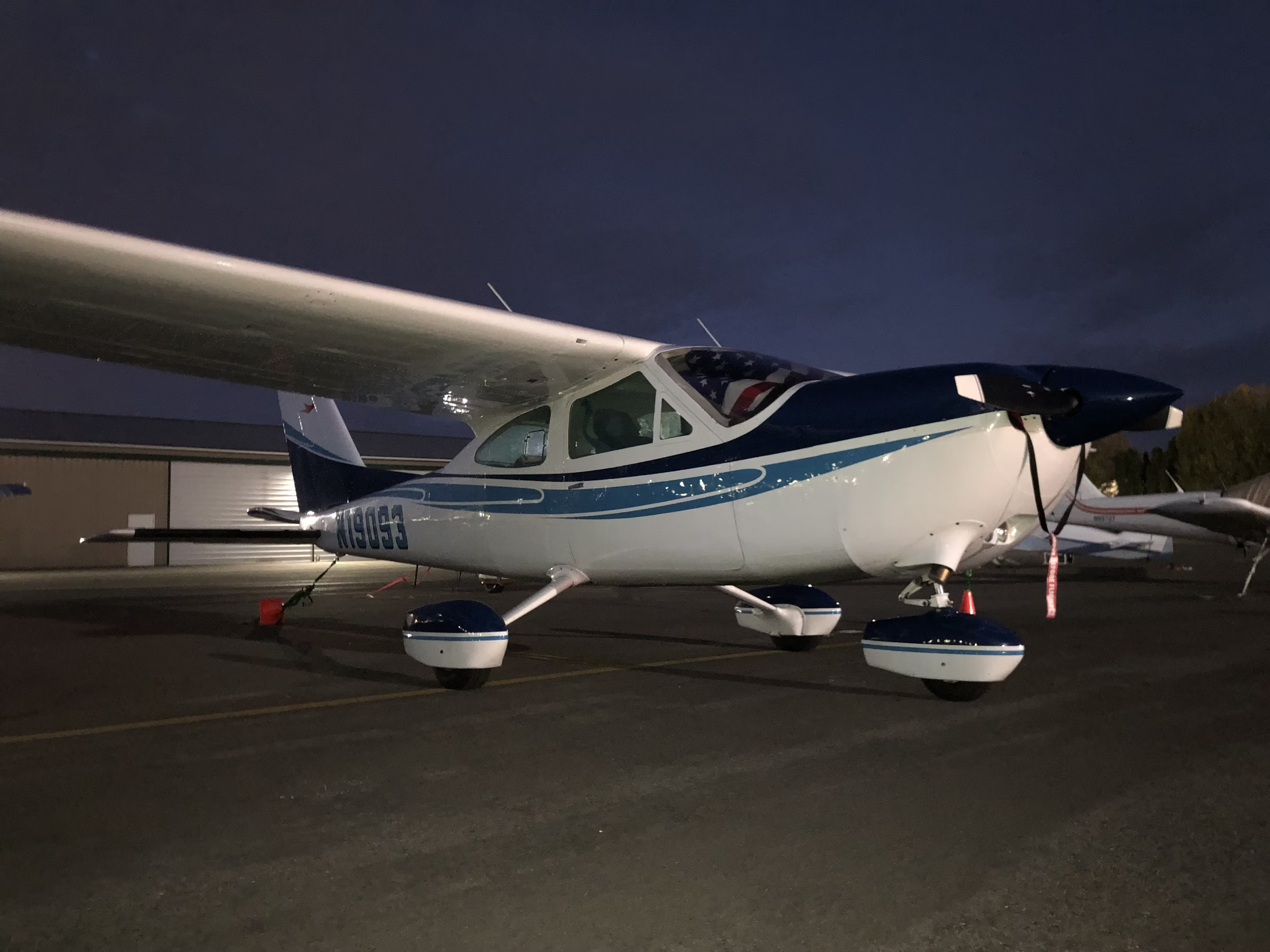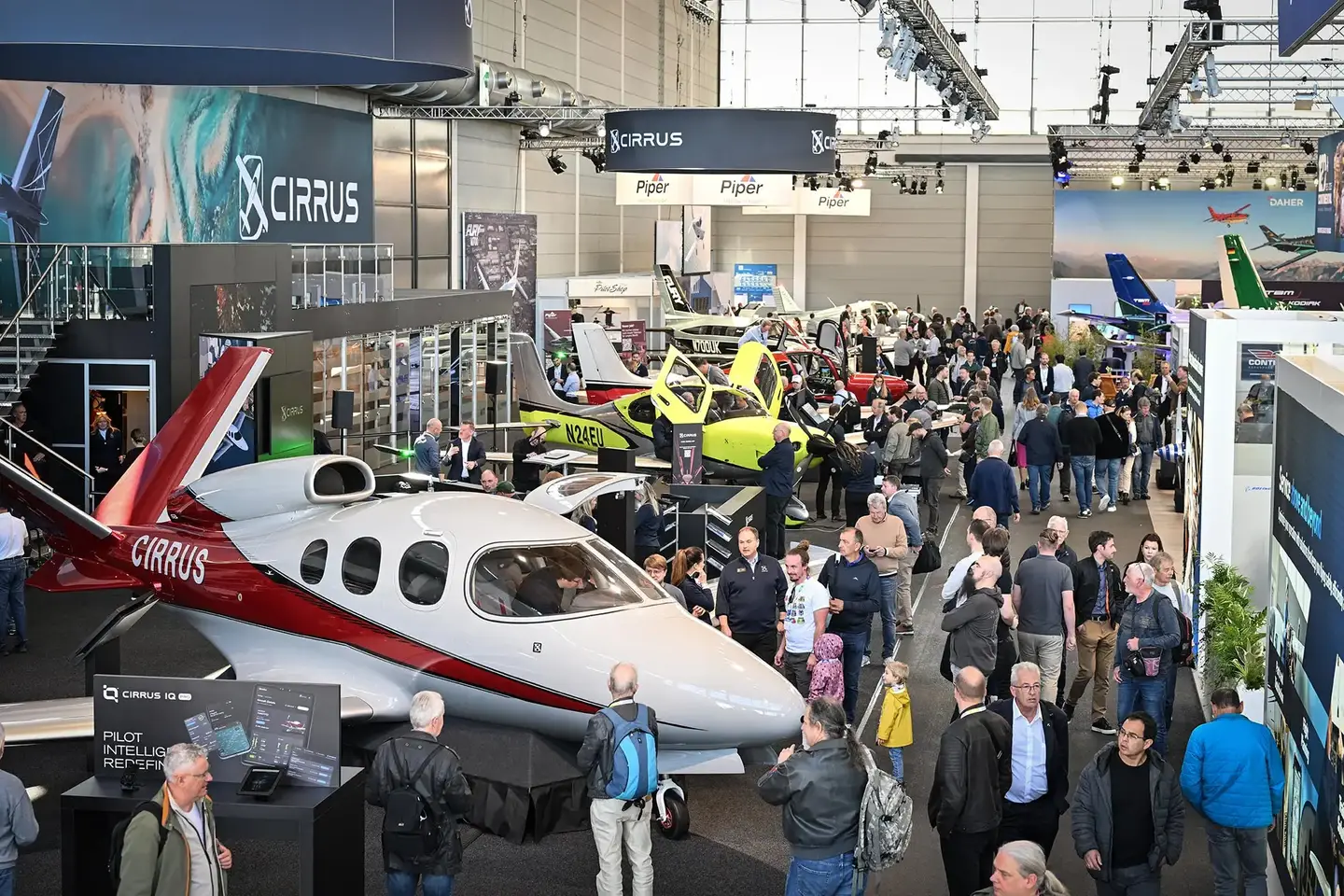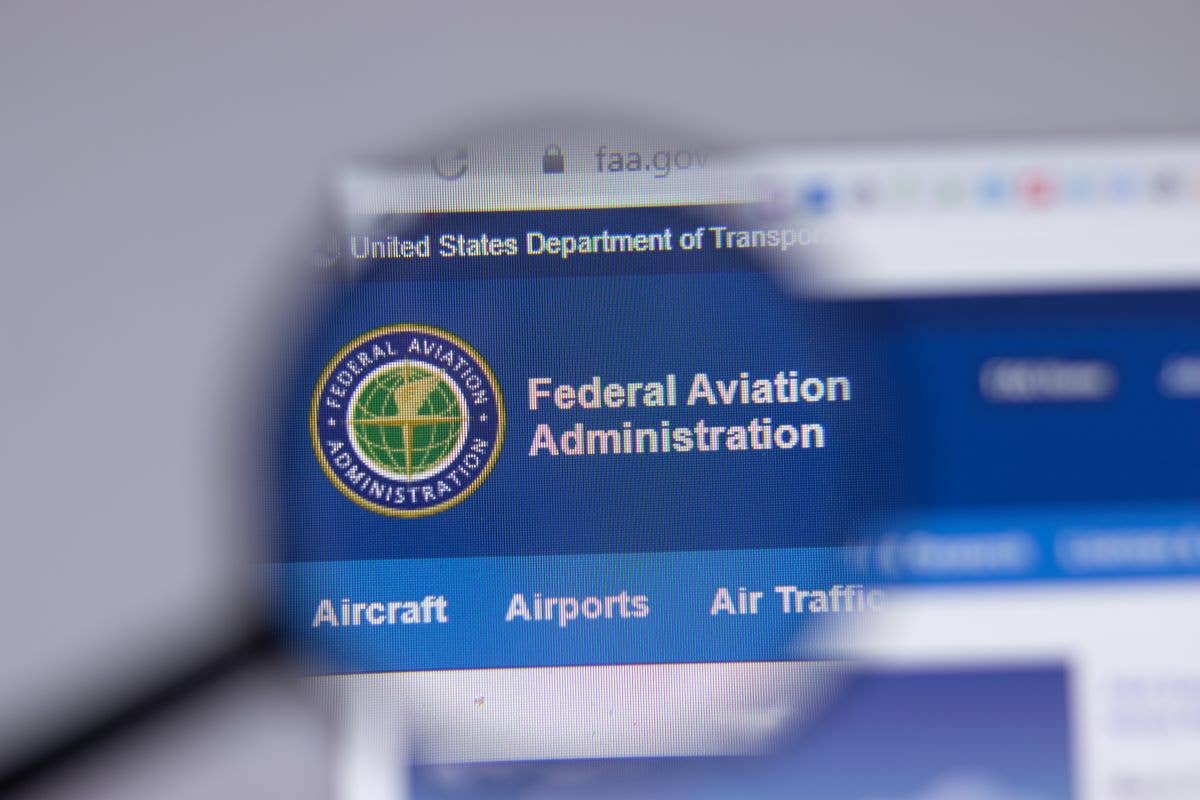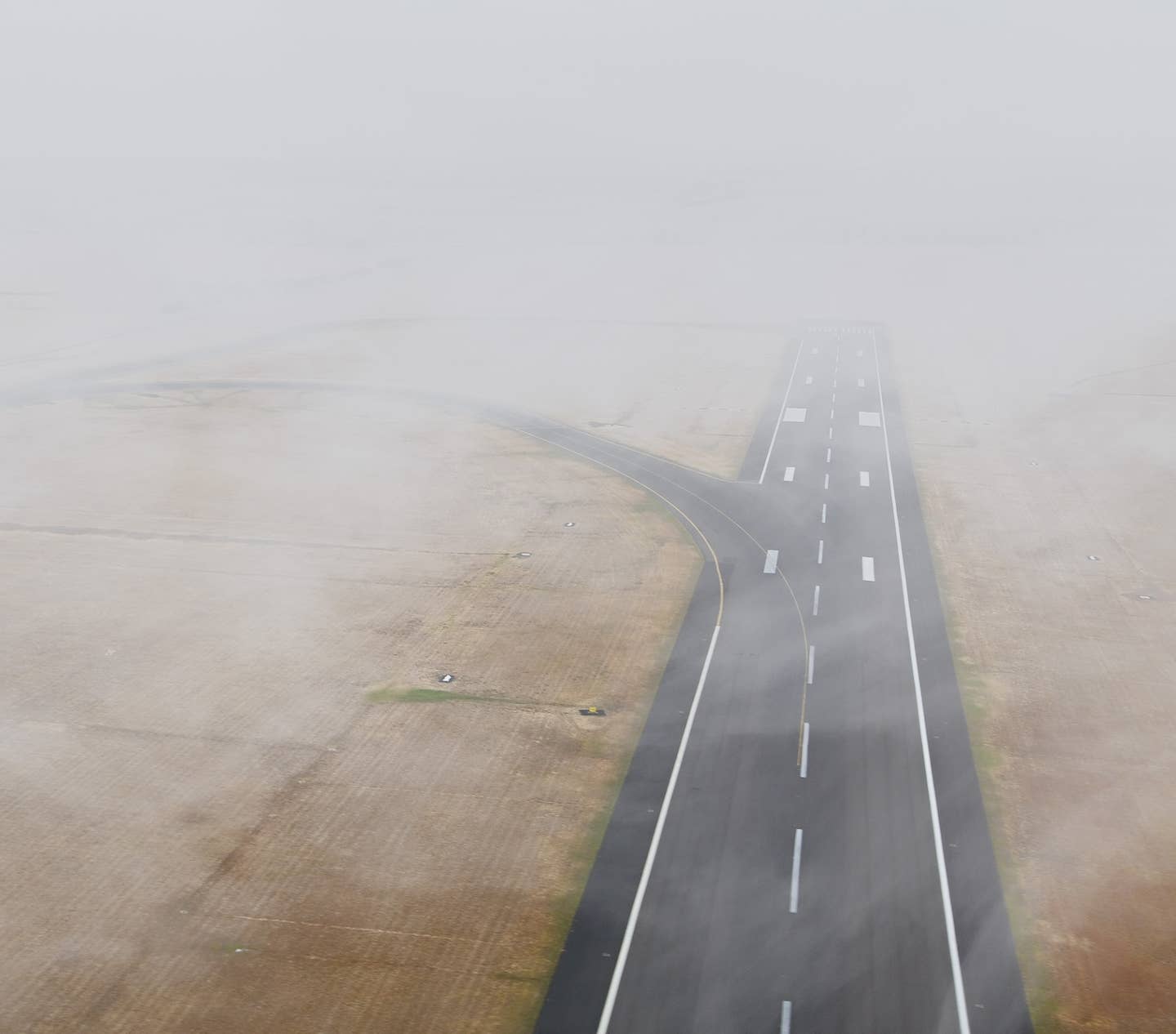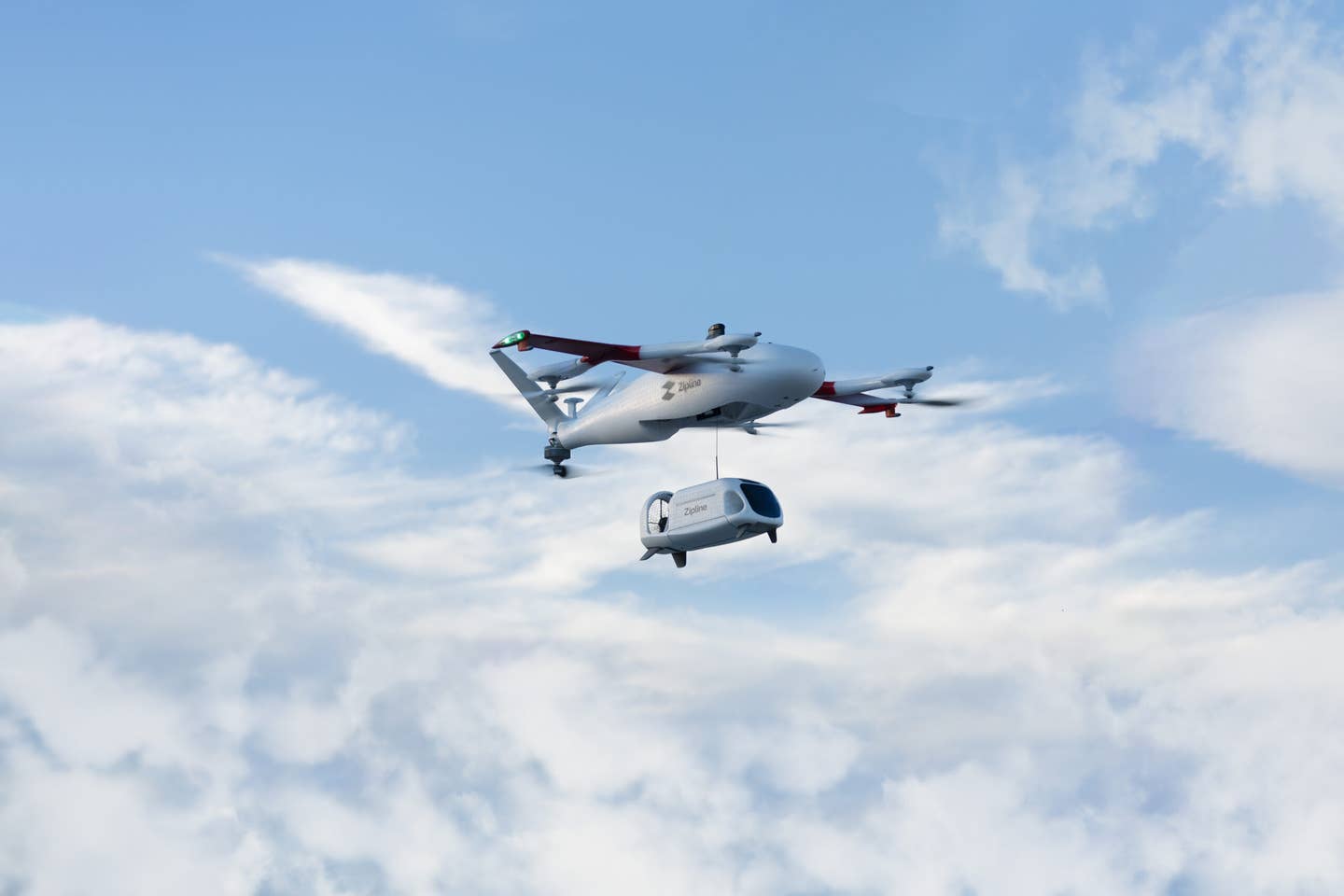Are Seaplanes the Fastest Way From New York to Boston?
Conventional travel between Boston and New York can be frustrating, but landing on the water can help.

Tailwind Air has started its first full season of flights between New York Skyports Seaplane Base (6N7) and Fan Pier in Boston Harbor. Pilots Holt Lindenberger and Adam Schewitz greet passengers on a recent day. [Credit: Jonathan Welsh]
For years before my wife and I were married, she lived in Boston and I lived in New Jersey. The typical Friday evening found me heading north directly after work in Manhattan, hoping to meet her for a late dinner.
That almost never happened because traffic jams often turned the 220-mile trip into a six-hour slog. Over the years, I tried the “planes, trains, and automobiles” on various routes to make the New York to Boston run, eventually concluding there simply is no good way to do it.
Tailwind Air disagrees. The Part 135 seaplane operator just began its first full season of flights between New York Skyports Seaplane Base (6N7) and Fan Pier in Boston Harbor. Flying direct from the easily accessible base at the east end of 23rd Street, the company touts transit times of an hour and 25 minutes, dock to dock. I had to give it a try.
Last week, I was among the passengers boarding an eight-seat Cessna Grand Caravan on amphibious floats for an 8:45 a.m. departure from New York’s busy East River. Pilots Holt Lindenberger and Adam Schewitz greeted us on the dock, helped us get aboard, and stowed luggage before shoving off. The simple lack of check-in lines and crowded security checkpoints saves a significant chunk of time even before the engine starts.
This was no 737, but there were safety cards in the seatback pockets, which we read while Lindenberger gave the briefing. He and Schewitz transitioned seamlessly from ground crew to flight attendant to pilot duties. Both seemed like they would be as comfortable in the Alaskan bush or Canada’s Yukon or Northwest Territories as they were in Manhattan. They said that while this type of flying is a great way to build time for pilots pursuing jobs with major airlines, they plan to stick with seaplanes, in which they have thousands of hours.
“It’s such a well-rounded style of flying,” Lindenberger said. “The changing conditions can be demanding, but we enjoy the challenges.”
Both men have experience flying Tailwind’s service to the Hamptons during the summer. For those flights, they take off from the river and land on the paved runway at East Hampton Airport (KHTO) using their amphibious floats.
Taxiing slowly, the Caravan made its way past tugboats and barges before turning upriver and accelerating for takeoff. Soon, we were passing over the 59th Street Bridge, LaGuardia Airport and the vast Queens waterfront with its many inlets and outcroppings.
Once over the Long Island Sound and clear of New York’s Class B airspace, we began a gradual climb to 7,500 feet, where we remained until it was time to descend into Boston. On the way, I spotted several airports that I have visited over the years, including Goodspeed in East Haddam, Connecticut (42B), and North Central State in Pawtucket, Rhode Island (KSFZ).
The flight felt more like an airline excursion than a typical general aviation outing. Changes in altitude and direction were almost imperceptible and it was easy to relax and enjoy the efficiency of going direct. Even though the Caravan was topping out around 140 knots, we made good time and arrived in Boston Harbor a few minutes ahead of schedule. A launch meets the amphib at a floating dock and shuttles passengers to the Fan Pier a few minutes away.
Certainly, a jet flying from Newark International (KEWR) or LaGuardia (KLGA) to Boston’s Logan Airport (KBOS) would spend less time in the air—probably about 40 to 50 minutes. But getting to your destination in Boston can take just as long. Tailwind gets passengers directly into the city, not to a remote outpost.
At $795 each way, the seaplane ride may be among the pricier ways of traveling between these cities. But you would be hard-pressed to find a faster, more scenic route.

Sign-up for newsletters & special offers!
Get the latest FLYING stories & special offers delivered directly to your inbox

